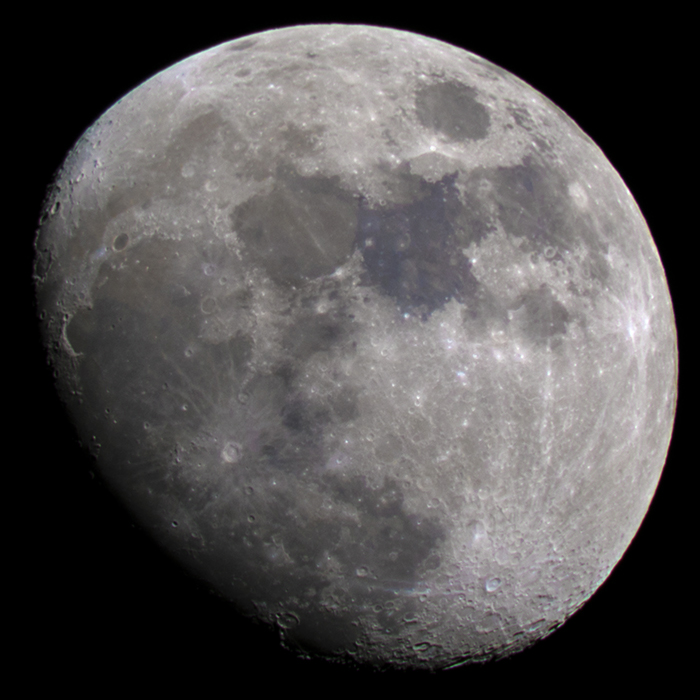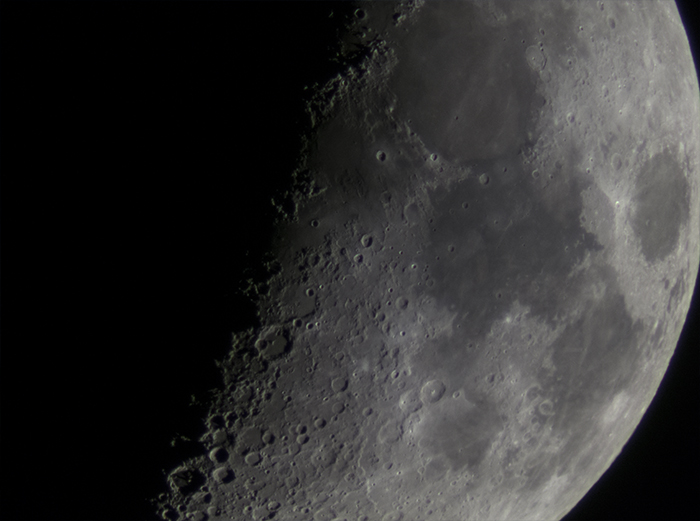Camera: Fuji X-Pro1
Exposure: 1/160
Aperture: f/12
Focal Length: 1000mm
ISO: 200
I’ve been exploring astrophotography a bit more with the Fuji X-Pro1 and have been tremendously happy shooting the moon at least. The next step in the evolution of astrophotography with this camera is to start shooting more deep sky objects. This is going to require a bit more effort, some tracking tools and some software tricks to make the images that I have in mind.
The trick with fainter objects that require telephoto lenses or even telescopes to see is that the earth is rotating pretty fast relative to these faint objects. Even the moon being close in and shockingly bright (Remember that these images are f/12 aperture equivalent and 1/160 exposure at ISO 200), moves pretty rapidly through your field of view. Here is a movie of the moon seen through the same setup as the first image. Now if you imagine a much fainter object that requires much longer exposures (think multiple 30sec exposures equivalent to an hour of imaging time), you are going to need some way to compensate for the rotation of the earth. More on that in a later post.


What lens did you use?
Hey Jan,
I used a Zeiss spotting scope with a T-mount camera adapter equivalent at f/12.
Is your next post about Registax?
Should it be? Is Registax available for OS X? That is unclear to me…
Not nativley. Looks like there might be a way, though. http://williamwinters.com/archives/526
It would really help increase the definition of your already super nice moon shots :)